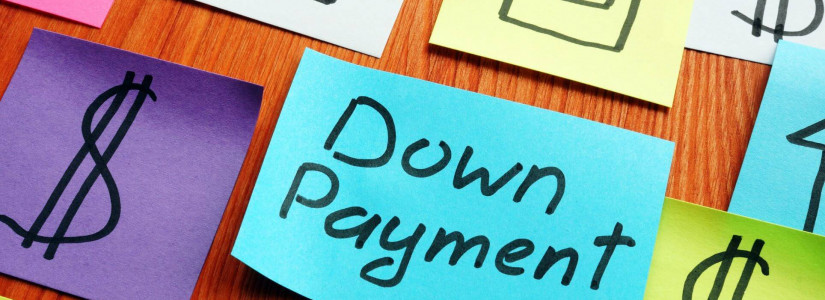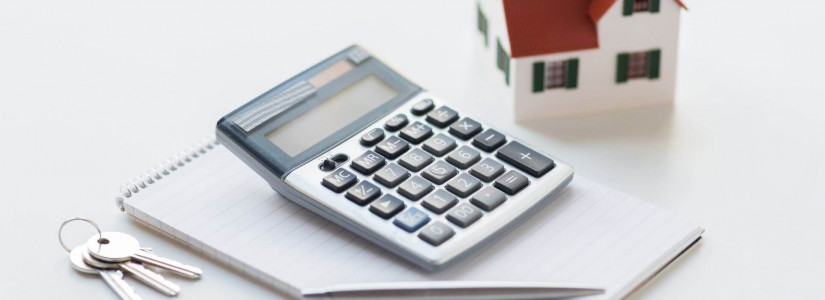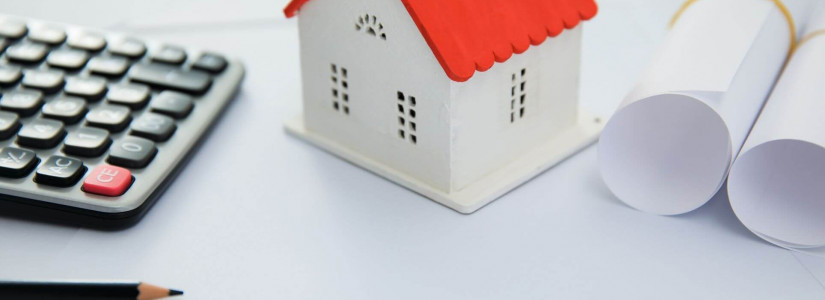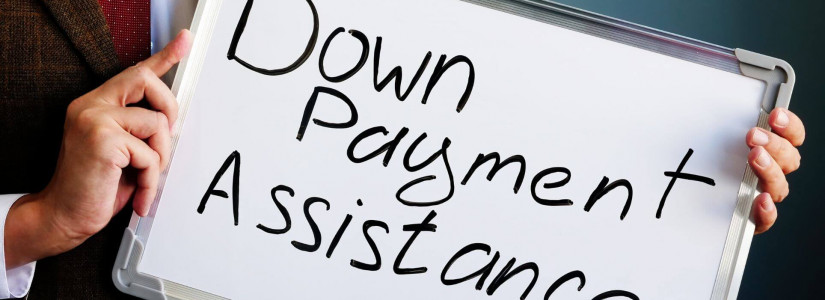Home Loan Interest Rates Climb Again During Election Confusion
Let's break it down a bit. The average interest rate for a 30-year fixed home loan is now 6.79%, which is a slight jump from last week when it was 6.72%. This comes from information provided by Freddie Mac, a big player in the home loan market. For shorter, 15-year fixed loans, the rate barely moved, sitting at around 6%.
Here's why it matters: when the government borrows money, they issue things called Treasury bonds, and the interest rate, or yield, on 10-year Treasuries has a big influence on mortgage rates.
Lately, traders believed that Donald Trump, the former President, might win the election and put in place some policies that might raise the prices of things (that's called inflationary policies), so they acted in a way that pushed those Treasury yields up.
The article mentions that after Trump's win, those yields jumped even more, but then they settled down a bit the next day.
The big bank of the U.S., called the Federal Reserve, is likely going to reduce its own interest rates soon, but that's not expected to change mortgage rates right now.
Even though some experts in the housing market think home loan rates might not stay super high forever, they do suggest the rates could keep bouncing around and potentially stay over 6% through the next year.
Lisa Sturtevant from Bright MLS, who knows a lot about housing economics, says, "It's likely that rates will stay a bit higher than we thought."
Read more: What to Know About the 2024 and 2025 Housing Market for Buyers and Sellers
All this talk about higher rates is making people less excited about buying houses. For six consecutive weeks, fewer people have been applying to buy homes or to change their existing home loans to lower rates (that's called refinancing). Home buying applications went down by 5%, and refinancing applications fell by 19%.
"Current home buyers are really watching these mortgage rates," says Sam Khater from Freddie Mac. "Once the rates started to go up in early October, we saw a 10 percent drop in the number of people looking to buy."
-
Previous Article: DIY Guide to Purchasing Without a Realtor











